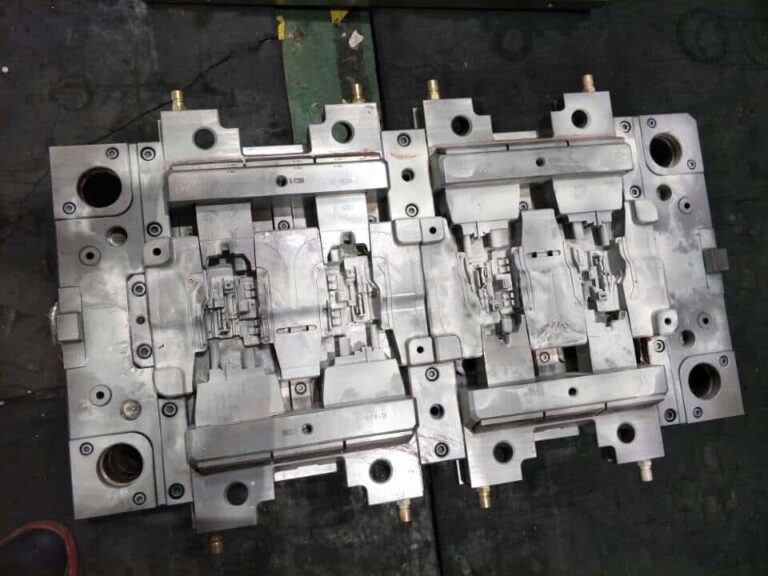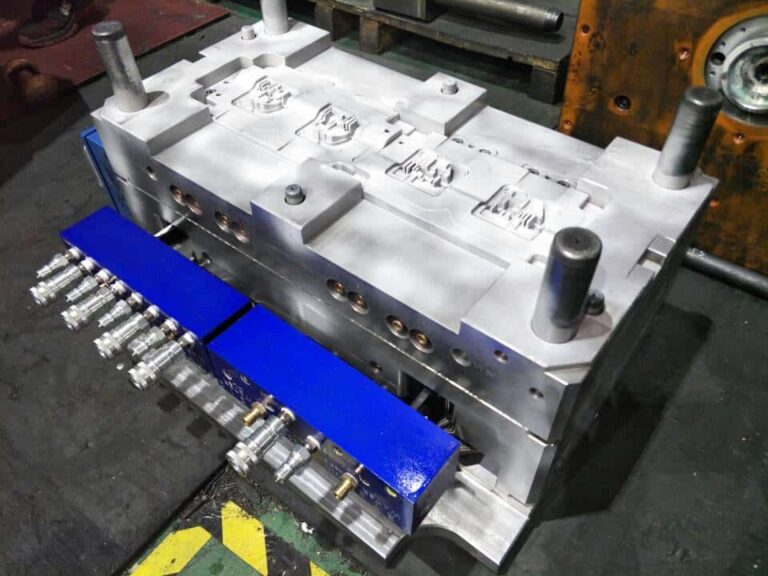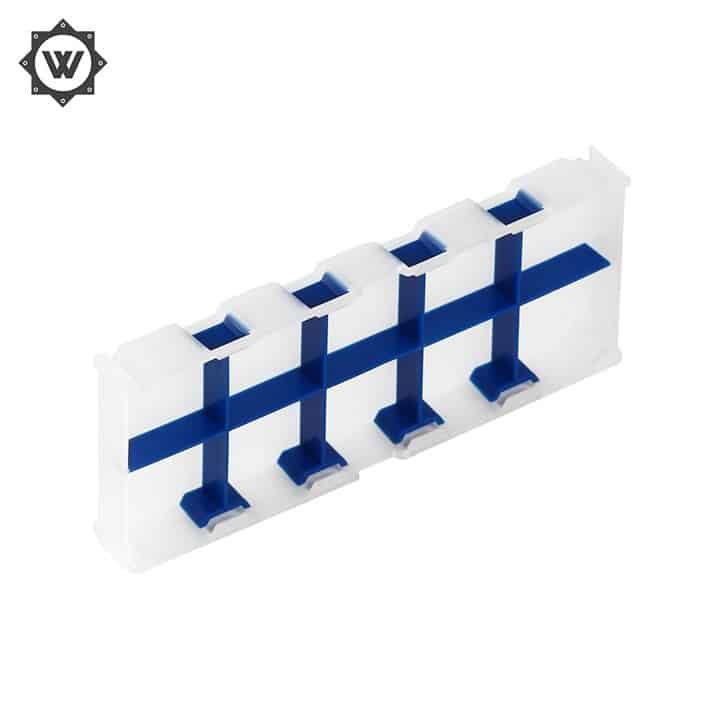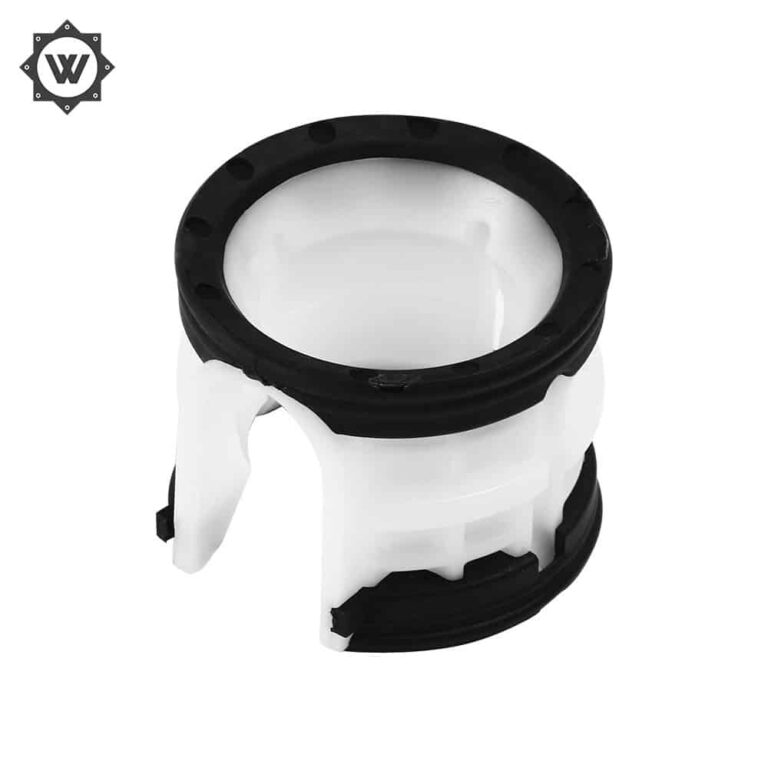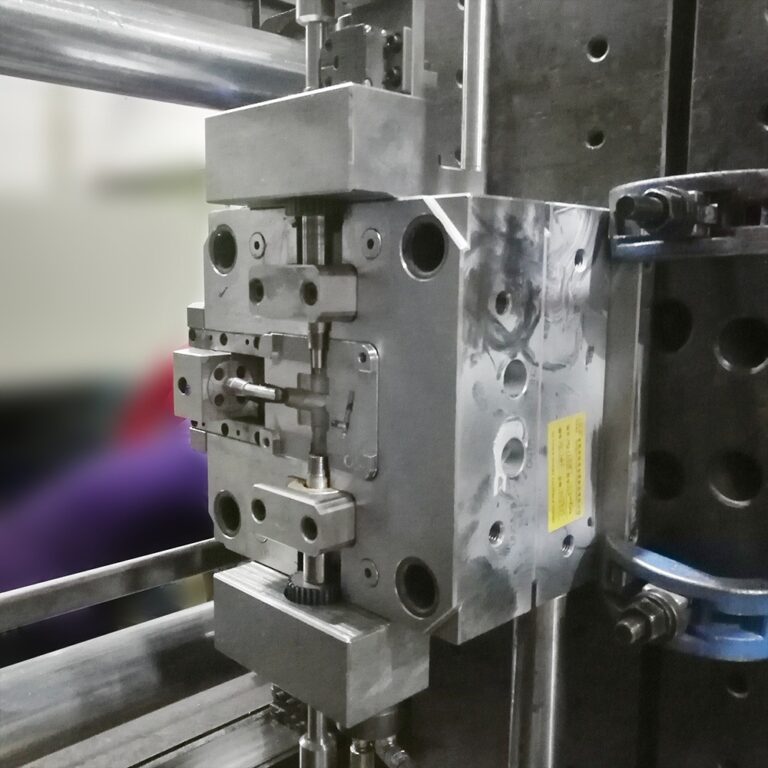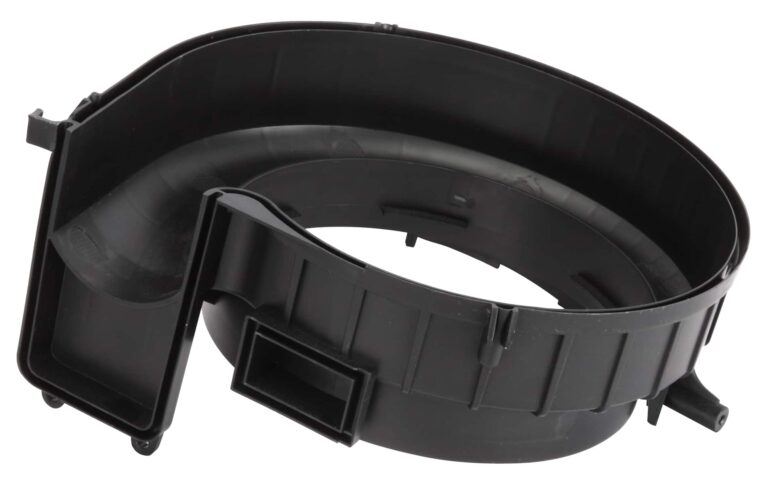Defects and Solutions of Transparent Plastic Injection Molding Parts
• 1. Craze: due to the influence of anisotropy of internal stress during mold filling and condensation, the stress generated in the vertical direction makes the resin flow upward orientation, while the refractive index is different from that of the non flow orientation, resulting in flash lines. When it expands, it may cause cracks in the product. In addition to the attention paid to the injection molding process and mold, the best product is annealed. If PC material can be heated to above 160 ℃ for 3-5 minutes, then it can be naturally cooled.

• 2. Bubble: because the water and other gases in the resin can not be discharged, (during the mold condensation process) or due to insufficient mold filling, the condensation surface condenses too quickly to form a “vacuum bubble”.
• 3. Poor surface gloss: mainly due to the large roughness of the mold, on the other hand, premature condensation makes the resin unable to copy the state of the mold surface, all of which make the surface slightly uneven, and make the product lose luster.
• 4. Ripple: It refers to the dense ripples formed from the center of the straight gate, because the melt viscosity is too high, the front end material has condensed in the mold cavity, and the later material has broken through the condensing surface, causing the surface to appear the ripple.
• 5. Whitening and fog halo: mainly caused by dust falling into raw materials in the air or excessive water content of raw materials.
• 6. White smoke and black spots: mainly caused by the decomposition or deterioration of resin in the barrel due to local overheating of the plastic in the barrel.

